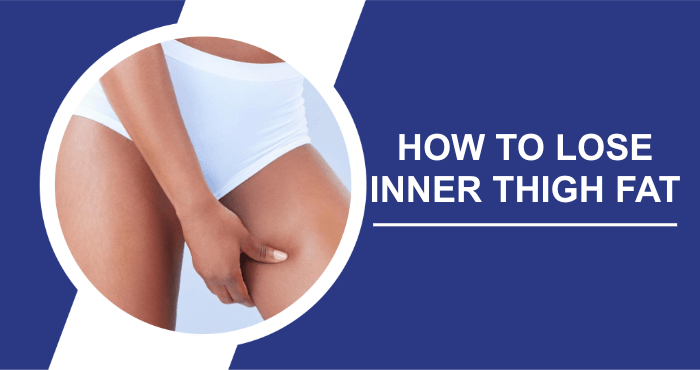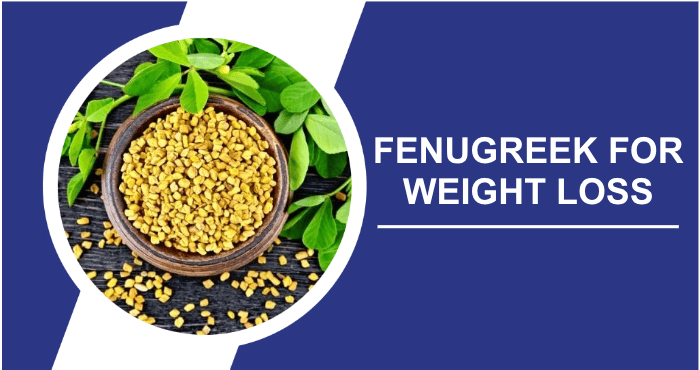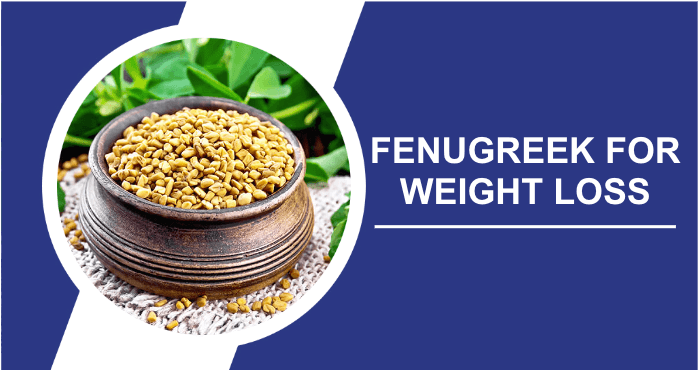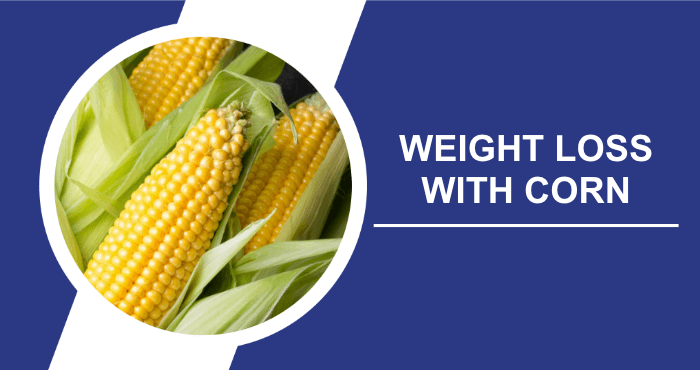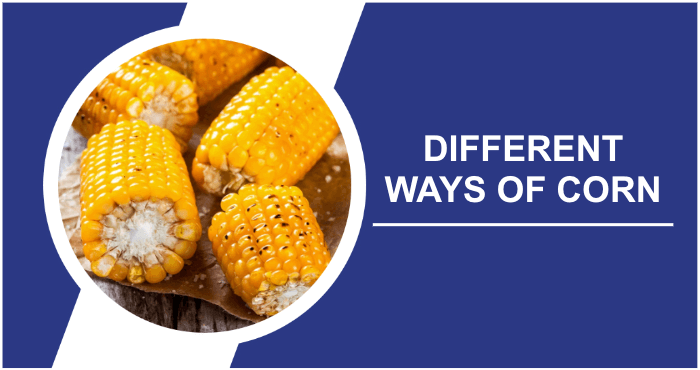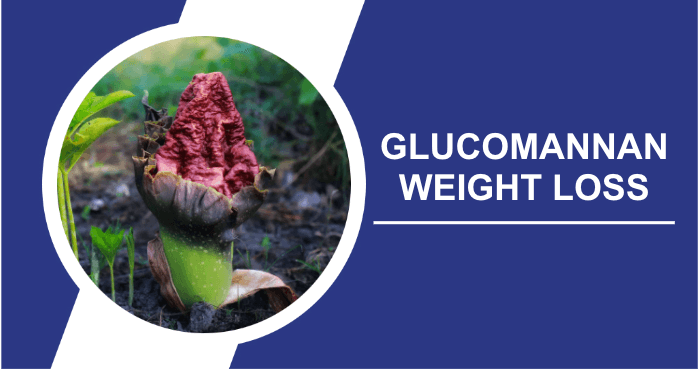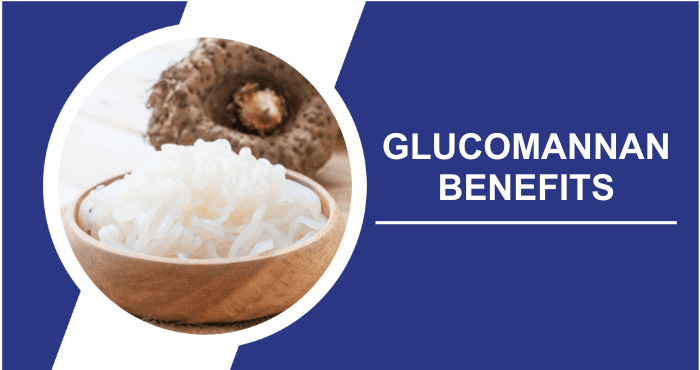Losing fat from the thighs can be quite challenging. It often feels like all the food we eat ends up accumulating in that area for women who naturally tend to store fat in their thighs and hips resulting in a pear shaped body. So what’s the effective approach to getting rid of stubborn inner thigh fat? Well by adopting a diet making some lifestyle adjustments and incorporating regular exercise into your routine you can shape and tone your thighs to achieve the slimmer appearance you desire.
Ways To Reduce Inner Thigh Fat
- Maintain a well rounded diet.
- Consult with a healthcare professional, for guidance.
- Ensure you consume a number of calories.
- Make exercise a regular part of your routine.
- Set realistic goals that are achievable.
- Avoid relying on weighing yourself as a measure of progress.
How Fast Can You Lose Inner Thigh Fat?
Losing fat in the inner thigh area can be quite challenging since spot reduction is not a realistic approach. However if you focus on a combination of factors like maintaining a calorie deficit engaging in exercises and incorporating strength training into your routine you may start noticing significant changes within 4 6 weeks. It’s important to remember that individual results may differ based on factors such, as diet choices the intensity of exercise and genetics.
Strategies To Reduce Inner Thigh Fat
Here are some steps to help reduce fat in your thighs;
- Focus on eating an nutritious diet with superfoods for weight loss instead of just cutting calories. We’ll go into detail about this later.
- It’s important to consult with a healthcare before starting any diet or exercise program especially if you have a chronic health condition. Your doctor can confirm if your diet and exercise plans are suitable, for you and assist you in reaching your goals.
- Make sure you’re consuming an amount of calories. While many people try to stay under a daily limit it’s important to ensure you’re getting enough. Not consuming calories can actually hinder your weight loss efforts by slowing down your metabolism and putting your body into a starvation state. You want to find the balance. Enough calories to burn more than you consume but still ensuring that your body doesn’t think food is scarce and go into starvation mode.
- Make sure to engage in physical activity every day. You don’t have to push yourself hard during every workout session. It’s beneficial to mix high intensity exercises with lower intensity ones. Keeping up with activity is crucial for burning calories and reducing stored fat. Even small changes like walking to the store of driving or taking the stairs at work can help you make progress towards your weight loss goals.
- Set goals for yourself. Breaking down a goal into smaller milestones can help keep you motivated and on track. Achieving these milestones along the way will boost your motivation and help you stay focused on your journey. Remember, reducing fat in areas like the inner thighs requires an overall approach, to weight loss so keep these tips in mind as part of a comprehensive strategy.
- Don’t solely rely on the number on the scale. Your weight fluctuates due to factors like water retention, which can temporarily add pounds and cause bloating in areas such as your face and abdomen. Of just focusing on your weight pay attention to how you feel overall your height and how well your clothes fit.
With many diets exercise routines and supplements available it’s not always easy when someone claims that all you need for losing thigh fat is a balanced diet and consistent exercise.
5 Essential Exercises For Toning Your Inner Thighs
When it comes to nutrition and exercise there’s no one size fits all solution. It’s important to consider factors like your metabolic health, gender, physical activity level, age, current weight and body structure when choosing the right diet and workout routine for you.
The accumulation of fat in the thigh area can be attributed to subcutaneous fat (found just beneath the skin) or intramuscular fat (located within the muscles). However it’s not possible to target weight loss in an area of the body.
To enhance the firmness of your thighs incorporating specific exercises that engage these muscles is key. Start with two to three sets of 8 to 10 repetitions for each exercise mentioned in this routine (excluding the seated bridge and seated hand push). For the seated bridge exercise begin with three sets lasting twenty seconds each. As for the hand push exercise perform one set lasting a minute.
Remember that consistency is crucial, in achieving desired results. Listen to your body. Adjust these exercises as needed according to your fitness level.
- Rear Kick: Begin by standing on one leg keeping your knee bent. Lift the leg just behind you while maintaining a strong core and firm glutes. Lean forward with posture as you extend the lifted leg backward. Squeeze your glutes as you return to the starting position. Alternate. Repeat the movement.
- Gluteal Lifts: To perform gluteal lifts stand on the floor with a back bent knees and planted feet. Extend your arms out to the sides. Raise your hips upward forming a 45° angle with your torso. Engage your glutes and thighs hold this position briefly then gently lower down.
- Chair leg raises: For chair leg raises, sit in a chair with both feet flat on the floor and hands gripping the sides of the chair. Bend your knees at a 90 degree angle. Lift your leg and hold it for 30 seconds before lowering it back down. Repeat this exercise with your leg.
- Chair Bridge: To do a chair bridge exercise sit in a chair with both feet firmly planted on the floor and knees bent at a 90 degree angle. Use the sides of the chair for support as you lift your hips off the seat to balance yourself on your feet and hands. Hold this position for 20 seconds then gradually lower yourself down. As you progress increase the duration of this hold up to one minute as your body becomes moGehtre accustomed, to it.
- Chair Hand Press: Sit on a chair, with your feet firmly planted on the floor. Your knees comfortably bent at a 90 degree angle. Position your hands on the sides of your knees. Apply pressure with your hands as you simultaneously push outward with your knees maintaining this stance for a duration of one minute.
What Causes Inner Thigh Fat?
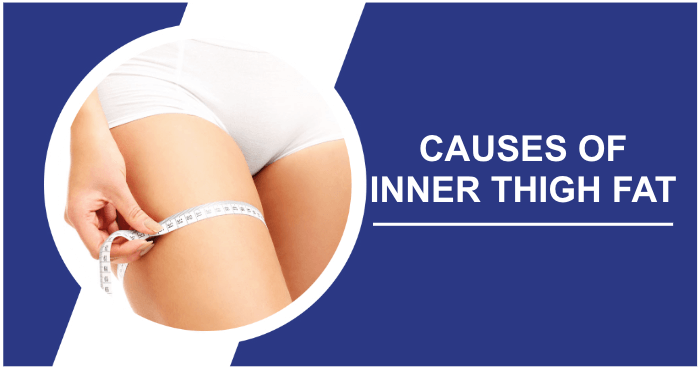
The buildup of fat in the thighs can be attributed to various factors. Firstly it occurs when you consume calories than you burn, resulting in overall weight gain that may show up specifically in the thigh area. Additionally genetics also play a role, in determining how fat is distributed throughout the body. Hormonal imbalances in women can lead to fat accumulation in the thighs.
A sedentary lifestyle and lack of targeted exercise can further contribute to increased fat in this area. Lastly as we age our metabolism slows down which can make it easier for fat to accumulate in the thighs.
Getting Rid Of Excess Inner Thigh Fat
While having an amount of body fat is necessary for the proper functioning of our organs and overall well being it’s quite common for some people to have an excess of unhealthy fat. Genetics often play a role in this with women tending to accumulate fat in their lower abdomen, hips and inner thighs while men usually store it around their stomach area.
Before embarking on any diet or exercise program it’s essential to consult with a healthcare professional who can help you create a fitness plan tailored to your needs. To effectively reduce thigh fat you’ll need to consume fewer calories than your body burns and incorporate regular exercise into your routine.
It’s important to note that cutting back on calories doesn’t mean depriving yourself of food. In fact extreme deprivation can hinder your progress towards achieving your fitness goals. The exact number of calories you should consume daily depends on factors such, as age, activity level and current weight. Focus on consuming natural foods as part of a balanced diet while incorporating both high intensity interval training and resistance exercises into your workout regimen.
One way to tone your thigh muscles is by working on them. Its important not to neglect other muscle groups. This approach can help you lose weight over your body more effectively. Moreover building muscle mass boosts your metabolism, which not helps you maintain a toned appearance but also ensures that you continue burning calories even when you’re not active.
Making changes to your lifestyle can have a significant impact on reducing thigh fat. Consider increasing your protein intake cutting back on processed foods, refined carbohydrates and sugary beverages and incorporating physical activity into your daily routine.
By following an exercise plan and eating a nutritious diet you won’t have to rely solely on the scale to track your progress. Feeling more confident, in your body experiencing energy levels and noticing improved fit of your clothes are all reliable signs that you’re successfully working towards achieving your fitness goals.
Diet
To slim down your thighs it’s essential to consume fewer calories than what your body burns. Start by using a calorie calculator to figure out your calorie requirements to maintain your current weight. Then reduce your caloric intake by 500 calories. This approach should help you lose one pound per week.
Remember it’s not just about the quantity of food but the quality. Opting for foods will not only aid in weight loss but also make you feel better overall. Here are some dietary adjustments that can assist you in reaching your weight loss goals;
- Opt for portions than usual.
- Cut out processed foods and refined carbohydrates from your diet.
- Say goodbye to sweetened beverages like soda and fruit juices.
- Increase your protein intake.
- Stay well hydrated by drinking more water.
- Incorporate physical activity into your routine.
In addition to managing your diet engaging in exercises that target the muscles in your thighs can help create an appearance. Walking or jogging are options for targeting those thigh muscles whether on a treadmill or outdoors. As you become accustomed to a walking or jogging routine challenge yourself by incorporating uphill slopes into the mix. Walking or running uphill engages the thigh muscles actively. Aim for this type of exercise two to three times, per week.
Understanding Distribution In The Thigh Area
During times of famine and drought in the Caveman era womens bodies evolved to accumulate fat in the thighs and hips as a survival mechanism. When women go through pregnancy and lactation their bodies require a 1,000 calories per day on top of their basic caloric needs. To support themselves and their offspring when food was scarce they utilized the stored fat in their hips and thighs.
The ability to store fat in these areas was advantageous for womens survival leading to the passing of this trait to future generations. One reason it can be challenging to lose thigh fat is that your genetic makeup might predispose you to store fat in that area.
While men generally tend to store fat around their abdominal region they can also accumulate fat in their thighs. Research conducted by the Harvard T.H. Chan School of Public Health discovered that men with levels of thigh and belly fat faced a higher risk of developing advanced and potentially fatal prostate cancer.
In todays world most people rarely experience food shortages; if anything we often encounter an abundance of food which can complicate weight loss efforts further. The effective approach, towards reducing thigh fat involves a combination of a well balanced diet and regular exercise.
Leg Muscles
When it comes to working out it’s important to avoid focusing on your leg muscles. Trying to target body parts for weight loss isn’t generally effective. Instead you should focus on exercises that engage muscle groups at once. Squats, lunges, pull ups and push ups are examples of such exercises.
If you want to maximize burning especially in the inner thigh area incorporating 20 minutes of high intensity interval training into your routine can be very beneficial. This type of training not improves your aerobic endurance but also strengthens your muscles.
To have a rounded fitness routine aim for a mix of aerobic and anaerobic workouts. Aerobic exercises like jogging, cycling or brisk walking increase your heart rate. Can be sustained for longer durations. On the hand anaerobic exercises focus on short bursts of intense activity. Activities like sprinting, interval training sessions and weightlifting fall under this category.
It’s important to note that long term calorie restriction can actually slow down your metabolism and lead to decreased muscle mass as the body conserves energy. However lifting weights can help counteract this effect by challenging your muscles. Not does building muscle boost your metabolism but it also helps prevent muscle loss.
Lastly don’t feel like you have to join a gym in order to engage in strength training – there are plenty of options available, outside the gym as well. Incorporating bodyweight exercises, like squats, sit ups and push ups can yield results. While its important to include workouts that engage muscle groups for the best weight loss outcomes it’s also advantageous to include exercises that specifically target the thighs. This helps in maintaining their tone and strength.
Leg Fat And Cellulite
Excess weight on your body can not pose potential health risks but also have cosmetic effects, such as causing leg fat that can make your skin appear wrinkled. Many people tend to accumulate cellulite around their thighs and buttocks especially if they are carrying pounds.
While cellulite is not a health threat some individuals prefer to achieve looking skin. A balanced diet and regular exercise can help diminish the visibility of cellulite. Additionally there are cellulite creams available, in the market that claim to reduce its appearance. Among these options creams infused with CBD oil show promising results. Early animal studies indicate that CBD may potentially decrease food intake and enhance metabolic processes.
What Are The Most Common Mistakes People Make?
When it comes to reducing thigh fat there are some mistakes that people tend to make. One of them is believing in spot reduction, which unfortunately’s n’t effective since fat loss happens throughout the body. Another mistake is overlooking the importance of maintaining a calorie deficit through diet. Inconsistent exercise also leads to results so its better to have a regular and varied routine.
Of solely relying on cardio combining it with strength training is more effective for toning muscles. It’s important not to focus on thigh fat but also consider overall body fat. Lastly being patient and understanding that sustainable fat loss is a process rather, than expecting quick results is crucial.
Are There Any Risks To Losing Inner Thigh Fat?
Losing fat from the thighs can be risky particularly if it leads to excessive weight loss or muscle depletion. Quick or extreme fat reduction in this area may result in skin or a decrease in muscle tone, which could impact your mobility and balance. It’s important to focus on gradual weight loss while also maintaining your muscle strength through a well rounded exercise routine.
Remember that an overemphasis on any body part can create an imbalance and potentially lead to injuries. As always it’s advisable to consult a healthcare professional for guidance on achieving an sustainable approach, to weight loss.
Frequently Asked Questions
What exercises are effective for reducing fat in the thigh area?
Exercises like leg lifts, inner thigh presses and lunges are options to target and tone the muscles in the inner thighs. Incorporating them into an exercise routine can help slim down and strengthen this area. Additionally aerobic activities such as biking, running and stair climbing contribute to fat loss, including the thighs.
Can targeted techniques effectively reduce fat in the inner thighs?
The idea of spot reduction or targeting loss in a specific area of the body is largely considered a myth. While exercises that focus on the thighs can help tone and strengthen those muscles they won’t solely burn fat from that specific area. The effective approach is a combination of overall weight loss through proper diet and exercise along with muscle toning.
How does diet impact the reduction of fat in the thigh region?
Maintaining a healthy and balanced diet is crucial, for losing fat. It’s important to focus on consuming proteins, whole grains, fruits, vegetables and healthy fats. By reducing calorie intake while following a nutritious diet plan you can promote fat loss throughout your body—including your inner thighs.
Are there any stretches that can assist in slimming down the inner thighs?
While stretching alone doesn’t directly lead to loss in that area specifically it can improve flexibility and enhance muscle tone appearance. Incorporating stretching exercises into your routine may help improve leg flexibility while giving your legs a more toned look. Stretching the thighs like doing the butterfly stretch or side lunges can really help to lengthen and relax those muscles. This is great if you’re looking to tone your thighs as part of your fitness routine.
So how long does it usually take to start seeing some changes in the thigh area?
Well that really depends on a things, like your diet how intense your workouts are and even your genetic makeup when it comes to where your body tends to store fat. Typically if you stay committed and stick to a diet and exercise routine you could start noticing results in around 4 6 weeks. Eeveryones different so it might take a bit longer for some people.
Conclusion
In summary getting rid of fat on the inner thighs necessitates a combination of specific workouts, a well balanced eating plan and consistent adjustments to your lifestyle. Taking an approach that involves strength training, cardio exercises and a healthy diet packed with lean proteins, veggies and whole grains can bring about noticeable changes. Additionally staying hydrated and ensuring sleep are crucial factors, in achieving this goal. By adhering to these recommendations individuals can effectively reduce thigh fat while improving their overall health and well being.
Sources
- ScienceDaily. (2013). How belly fat differs from thigh fat, and why it matters. [online] Available at: Link.
- National Institute of Diabetes and Digestive and Kidney Diseases. (2021). Factors Affecting Weight & Health | NIDDK. [online] Available at: Link.
- Centers for Disease Control and Prevention (CDC). (2021). Maternal Diet. [online] Available at: Link.
- Dickerman, B.A., Torfadottir, J.E., Valdimarsdottir, U.A., Giovannucci, E., Wilson, K.M., Aspelund, T., Tryggvadottir, L., Sigurdardottir, L.G., Harris, T.B., Launer, L.J., Gudnason, V., Markt, S.C., & Mucci, L.A. (2019). Body fat distribution on computed tomography imaging and prostate cancer risk and mortality in the AGES‐Reykjavik study. Cancer. [online] Available at: Link.
- Rosenbaum, M., & Leibel, R.L. (2010). Adaptive thermogenesis in humans. International Journal of Obesity, 34(S1), pp.S47–S55. [online] Available at: Link.
